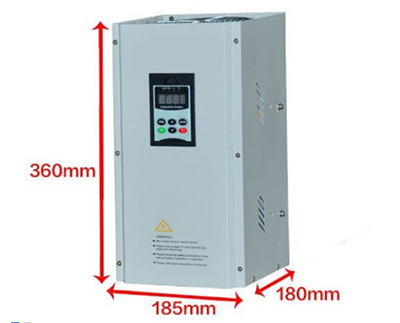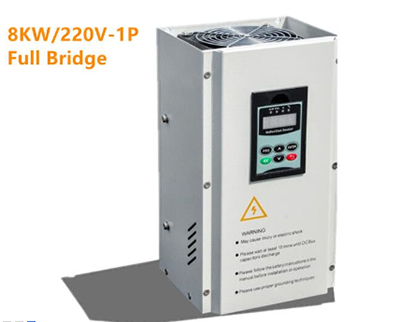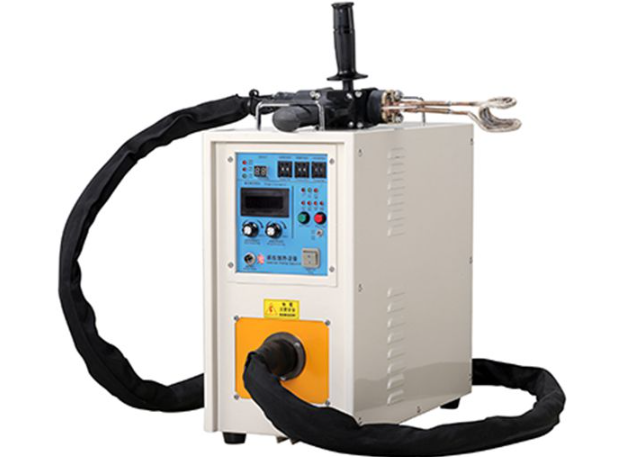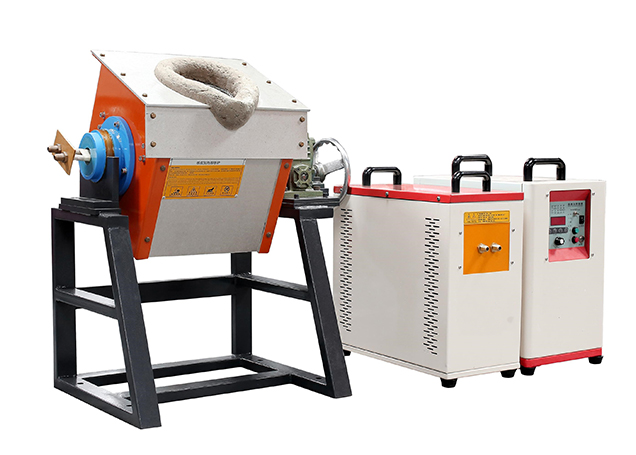Electromagnetic induction heating is a process of heating an electrically conductive material by inducing eddy currents within it using an alternating magnetic field. This technology is commonly used in industrial and commercial settings for applications such as metal melting, brazing, and forging.
Two common types of electromagnetic induction heaters are half-bridge electromagnetic induction heater and full-bridge electromagnetic induction heater. The main difference between the two is the number of transistors used to drive the system, as well as the overall efficiency and control of the induction heating process.

half-bridge electromagnetic induction heater
Half-Bridge Electromagnetic Induction Heaters:
In a half-bridge configuration, two transistors are used to drive the induction heating coil. The transistors are switched on and off rapidly to create an alternating current within the coil. This current generates an electromagnetic field that induces eddy currents within the conductive material being heated, resulting in heating of the material.
One advantage of the half-bridge configuration is its simplicity. With only two transistors, the system is less complex and less expensive than a full-bridge configuration. However, there are some drawbacks to this configuration. For one, the half-bridge system cannot generate a true sinusoidal current, which can lead to inefficiencies and harmonic distortion. Additionally, the half-bridge system does not provide precise control over the heating process, as the output power is directly proportional to the input voltage.

Full-Bridge Electromagnetic Induction Heater
Full-Bridge Electromagnetic Induction Heaters:
A full-bridge configuration, on the other hand, uses four transistors to drive the induction heating coil. This configuration allows for the generation of a true sinusoidal current, resulting in greater efficiency and less harmonic distortion. Additionally, the full-bridge system provides more precise control over the heating process, as the output power is proportional to the square of the input voltage.
One drawback of the full-bridge configuration is its greater complexity and cost. With four transistors, the system is more complex than a half-bridge configuration, and requires more precise control over the switching of the transistors to ensure proper operation.
Another advantage of the full-bridge configuration is its ability to operate at higher frequencies than the half-bridge system. This allows for greater control over the heating process, as well as the ability to heat materials that are more difficult to heat using lower frequency induction heating systems.
Conclusion:
In summary, both half-bridge and full-bridge electromagnetic induction heaters have their advantages and disadvantages. While the half-bridge system is simpler and less expensive, it does not provide the same level of control or efficiency as the full-bridge system. The full-bridge system, while more complex and expensive, provides greater control over the heating process and can operate at higher frequencies, making it suitable for a wider range of applications.
Ultimately, the choice between a half-bridge and full-bridge configuration will depend on the specific needs of the application. Factors such as cost, efficiency, and control requirements will need to be considered when selecting the appropriate configuration for a given application. For more information, please contact us. We will provide professional answers.









